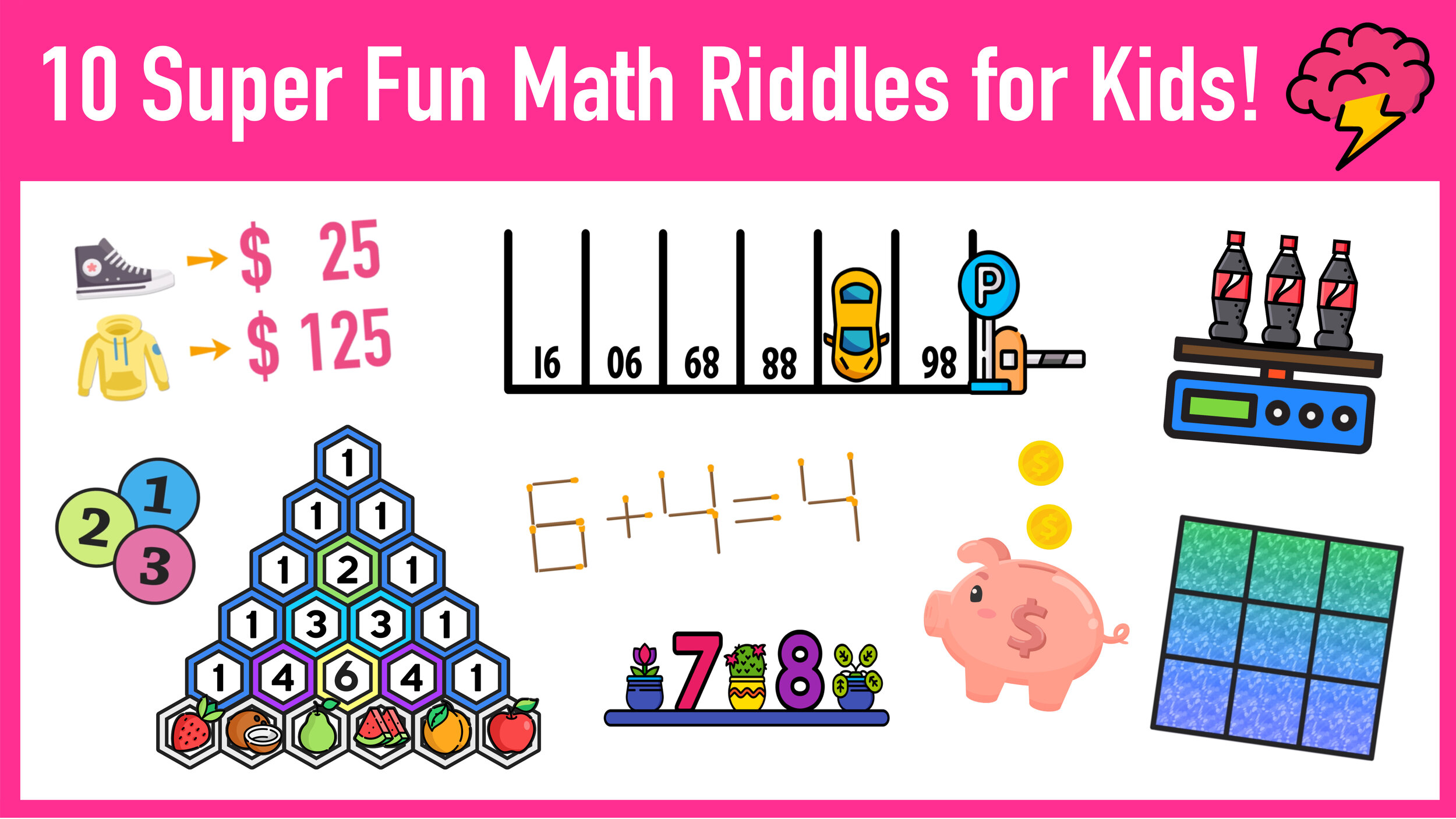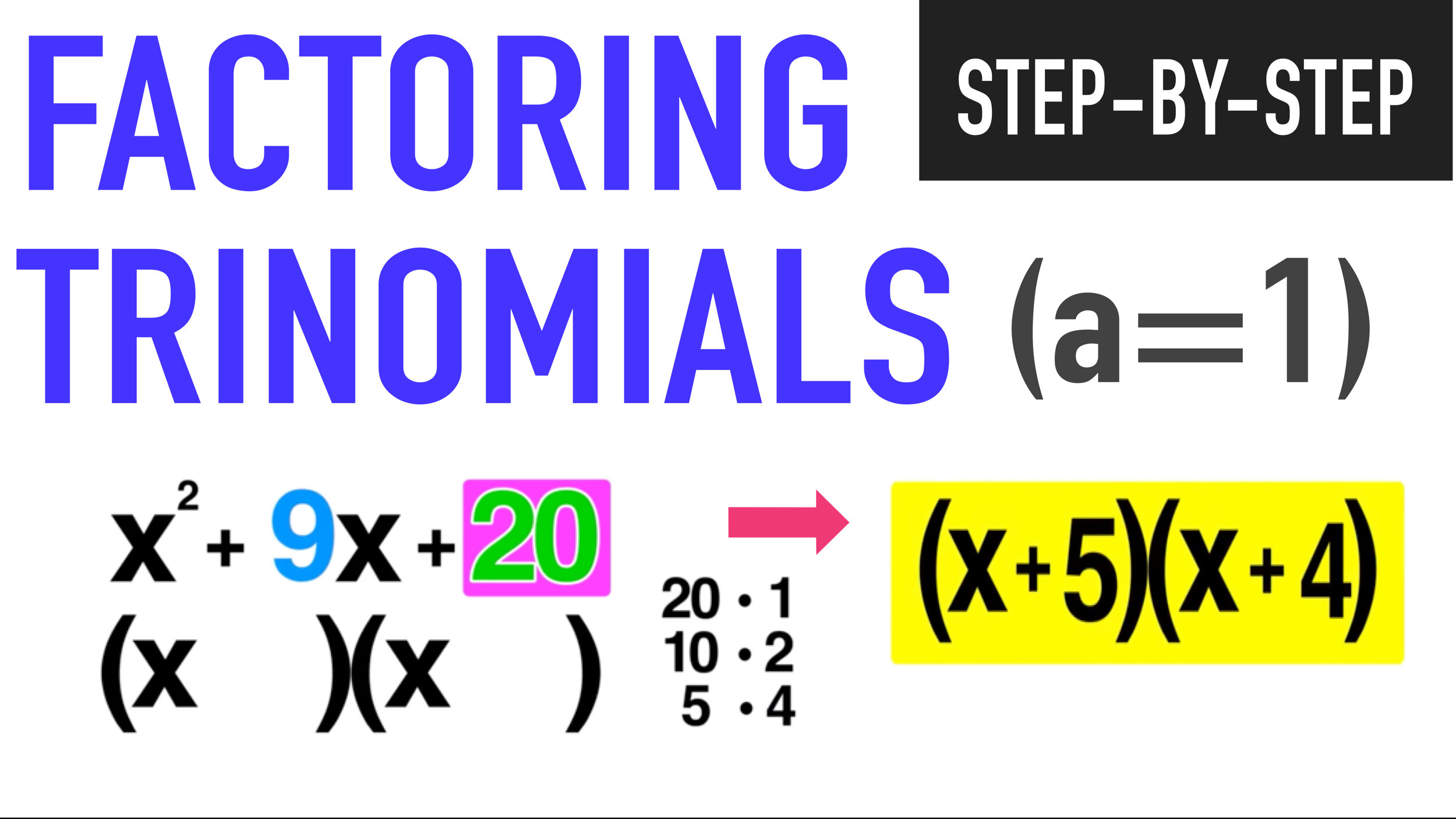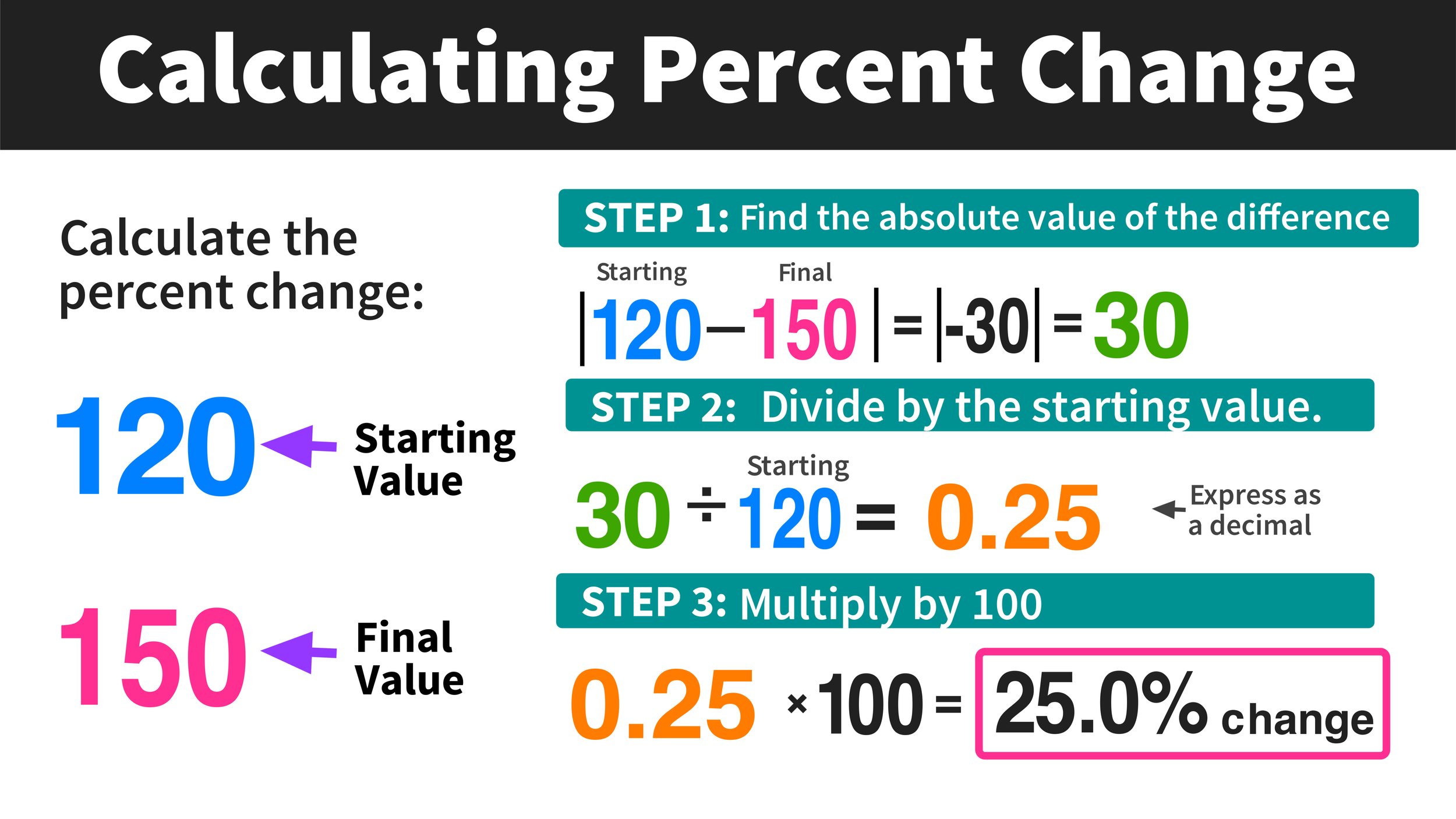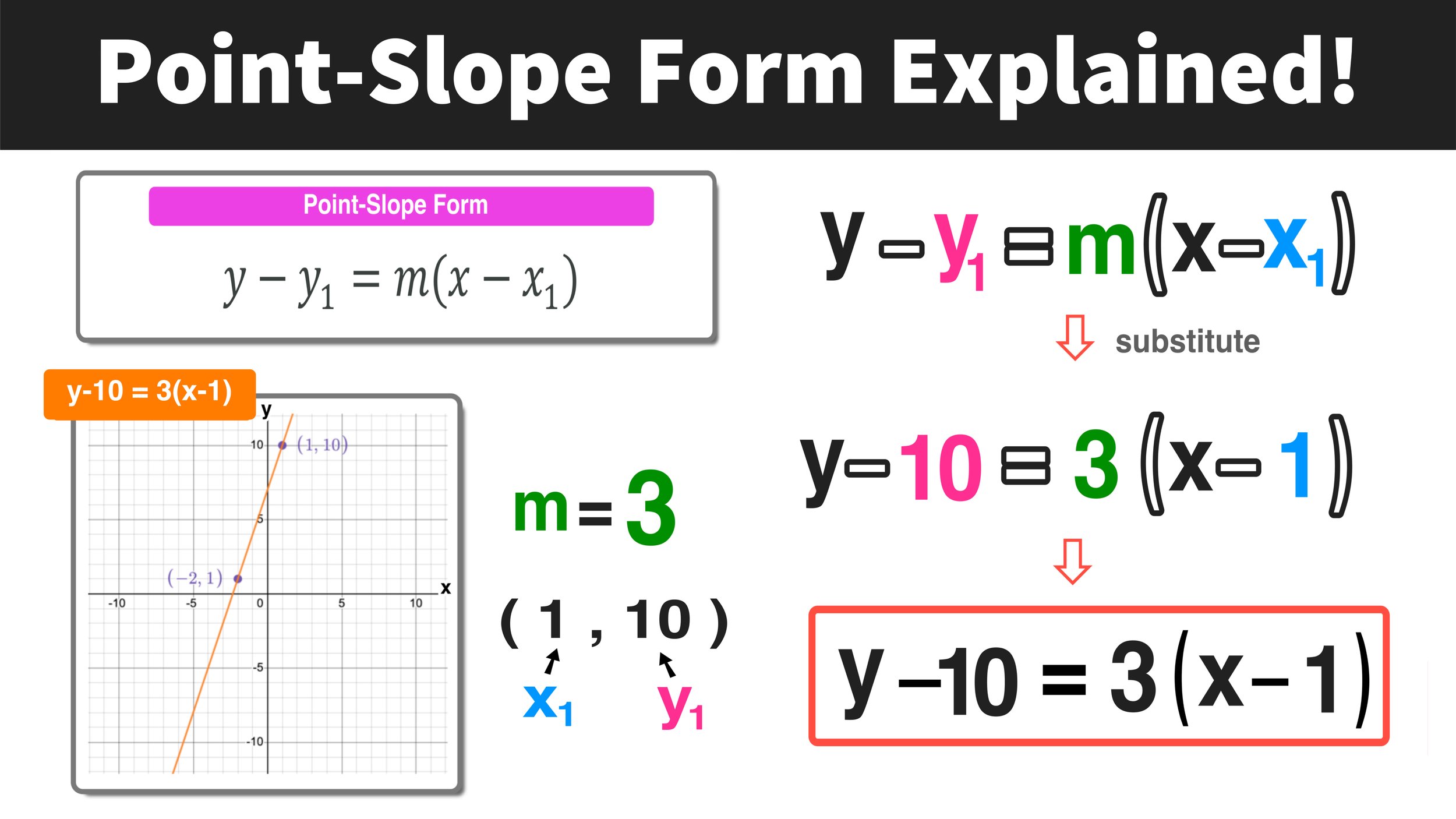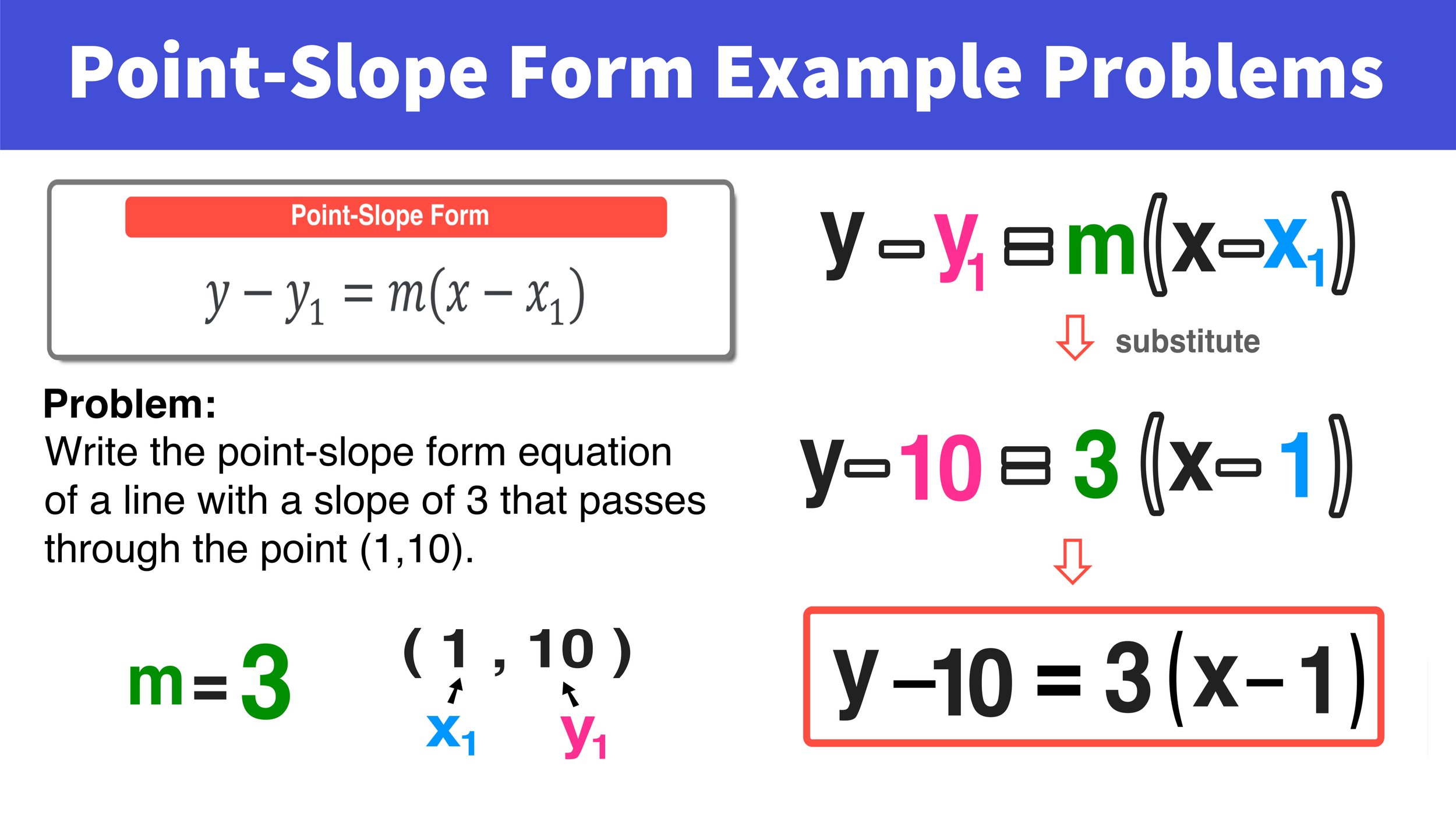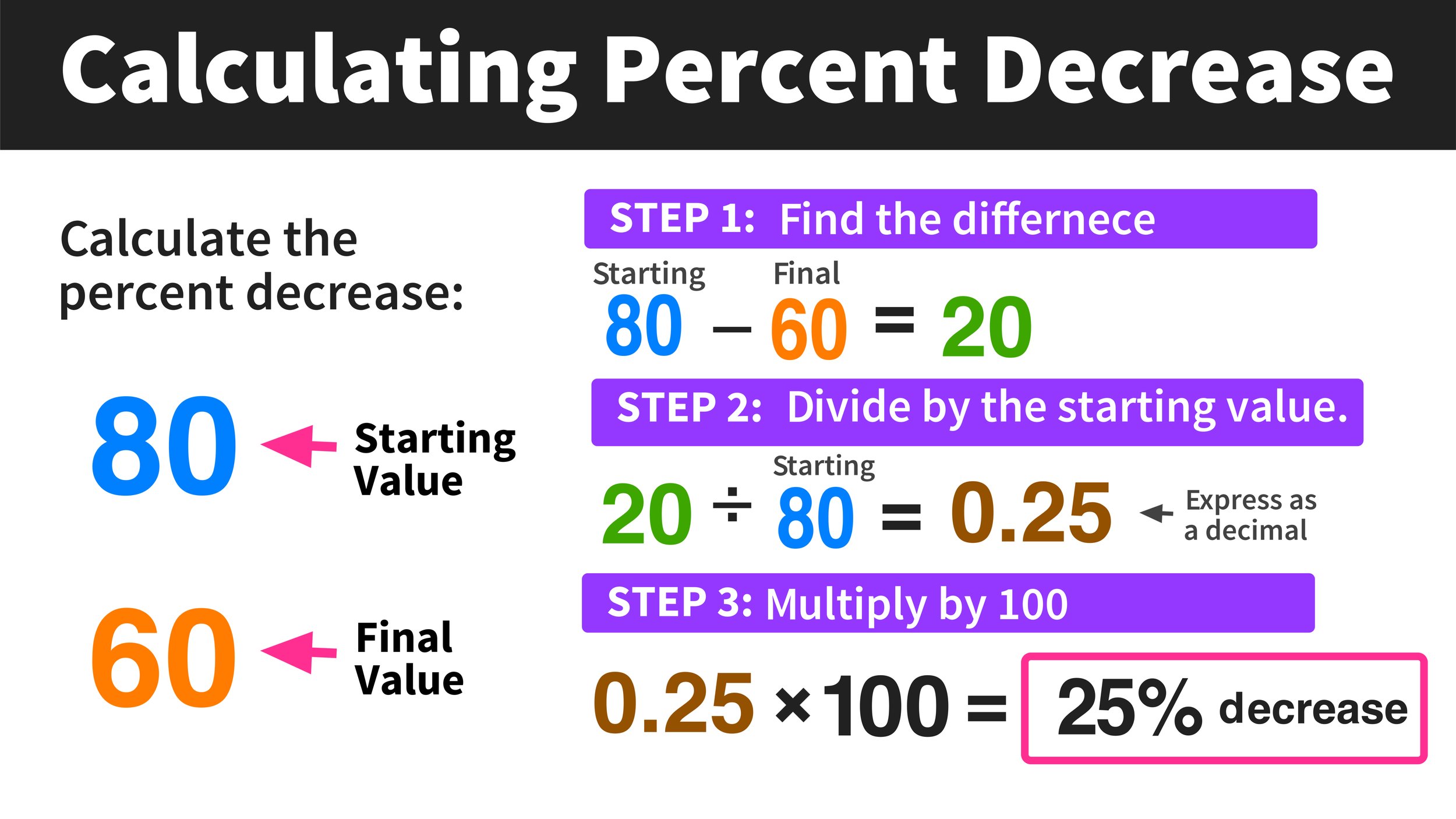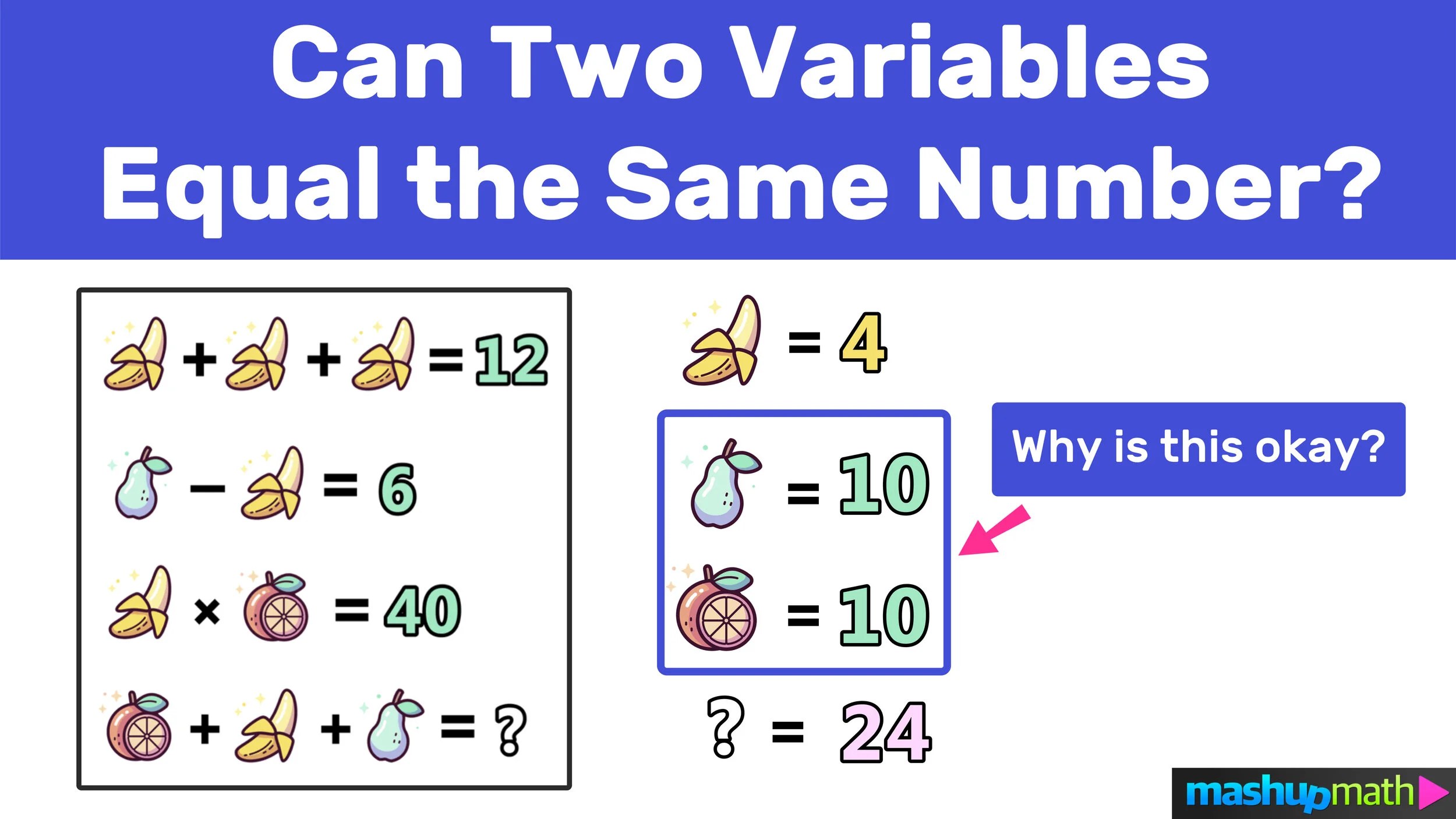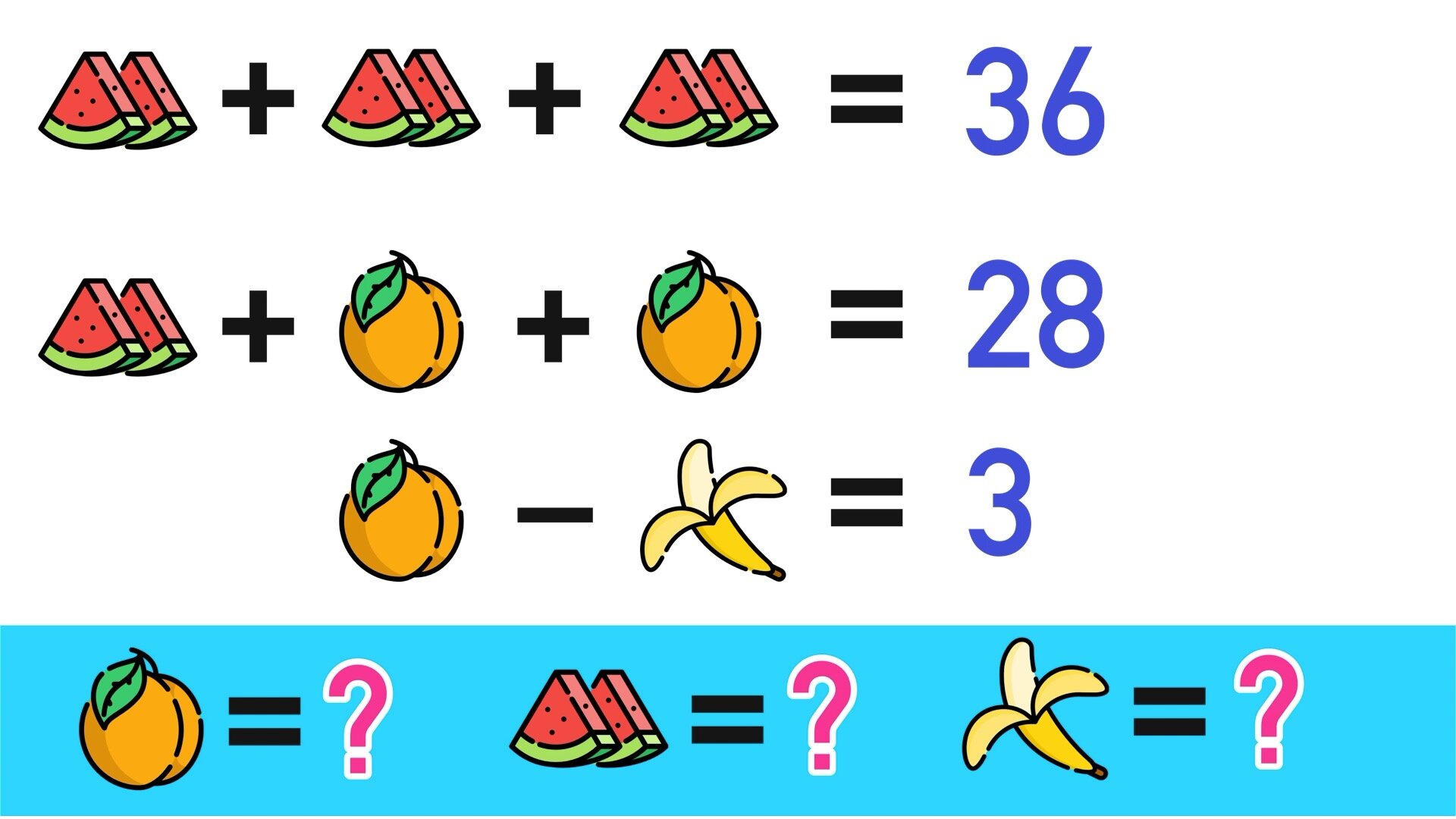Reflection Over X Axis and Y Axis: Student Guide
Math Skills: Perform a reflection over x axis, Perform a reflection over y axis, Reflections on the coordinate plane
Understanding how to perform a reflection over x axis or a reflection over y axis is an important algebra skill that students can easily master with some study and practice.
In real life, a reflection is a concept that everyone is familiar with, as many of us look a mirror at least once every day.
Similarly, in math, a reflection is a type of transformation where the mirror image of a point, line, or figure is displayed on the coordinate plane.
This free student guide on How to Perform Reflection Over X Axis and How to Perform Reflection Over Y Axis will teach you how to perform reflections on the coordinate plane in a simple step-by-step way.
Table of Contents | Jump to:
Reflections in Real-Life (Photo by Tim Stief via Unsplash)
Reflections in Math: Reflection over the x axis example.
What is a Reflection Over the X-Axis?
In math, a reflection over x axis of a point, a line, or a figure involves reflecting the image over the x axis to create a mirror image.
In the case of a reflection over the x axis, the horizontal line on the coordinate plane that passes through the origin (the x-axis) would be called the axis of reflection.
In other words, whenever something is reflected over the x axis, it is essentially “flipped” across the axis on the coordinate plane.
Rule: Whenever a point is reflected over the x-axis, the following rule applies:
x-coordinates stay the same
y-coordinates change signs (positive becomes negative and vice versa)
Rule: (x,y) → (x,-y)
For example, if we reflected the coordinate points A (2,6) and B (7, 3) over the x-axis, the new reflected points, A’ and B’, would become:
A (2,6) → A’ (2,-6)
B (7,3) → B’ (7, -3)
Again, notice, after a reflection over x axis, that the x-coordinates did not change, but the signs of the y-coordinates were reversed (positive values became negative)
Figure 01 below shows what it would look like if we took line segment AB (with coordinates A (2,6) and B (7, 3)) and reflected it over the x-axis to create the image of line segment A’B’.
Figure 01: The reflection over x axis rule states that (x,y) → (x,-y).
What is a Reflection Over the Y-Axis?
Similarly, a reflection over y axis of a point also involves reflecting the image over the y axis to create a mirror image.
Whenever you have to reflect a point over the y axis, you are reflecting over the vertical line on the coordinate plane that passes through the origin (i.e. the y-axis is the axis of reflection).
Rule: Whenever a point is reflected over the y-axis, the following rule applies:
x-coordinates change signs (positive becomes negative and vice versa)
y-coordinates stay the same
Rule: (x,y) → (-x,y)
For example, if we took line segment AB, with coordinate points A (2,6) and B (7, 3), from the previous example and reflected over y axis, the new coordinate points, A’ and B’, would be:
A (2,6) → A’ (-2,6)
B (7,3) → B’ (-7, 3)
In the case of reflection over y axis, notice that the signs of the x-coordinate values were reversed (positive became negative) and that the y-coordinate values were unchanged.
Figure 02 below illustrates this rule and what the image of AB would look like after it was reflected over the y axis.
Figure 02: The reflection over y axis rule states that (x,y) → (-x, y).
The chart below displays the difference between reflecting line segment AB over the x-axis versus reflecting over the y-axis.
| Original Point | Reflected over X-Axis | Reflected over Y-Axis |
|---|---|---|
| A (2, 6) | A′ (2, -6) | A″ (-2, 6) |
| B (7, 3) | B′ (7, -3) | B″ (-7, 3) |
Now that you have a better understanding of the difference between a reflection over x axis and a reflection over y axis, you are ready to work through a few practice problems.
Before moving onto the next section, make sure that you have a firm grasp of the following key points:
On the coordinate plane, the x-axis is a horizontal line (⟷) that passes through the origin, while the y-axis is a vertical line (↕) that passes through the origin. The difference between the x-axis and the y-axis is illustrated in Figure 03 below.
The rule for a reflection over the x axis is: (x,y) → (x,-y)
The rule for a reflection over the y axis is: (x,y) → (-x, y)
Figure 03: The x-axis is a horizontal line and the y-axis is a vertical line.
Reflection Over X Axis and Y Axis Examples
Reflection Over X Axis Example #1
Problem: Reflect the point P (5,8) over the x-axis.
For our first example, we will take a given point and perform a reflection over x axis.
Quick Tip: Remember that the rule for reflecting a coordinate point over the x-axis is (x,y) → (x,-y), so you only have the change the sign of the y-coordinate.
Step 1: Apply the reflection over the x-axis rule:
Given Point: P (5,8)
Rule: P (5,8) → P’ (5, -8)
Step 2: Plot P’ (5,-8) on the coordinate plane to complete the reflection.
Final Answer: The reflected point is P’ (5,-8)
Example #1: Reflection over x axis of one coordinate point.
Reflection Over X Axis Example #2
Problem: Reflect line segment RS, with endpoints R(-3,-4) and S(2,-5), over the x axis.
For this next example of how to perform reflection over x axis, we have to reflect an entire line segment, and we can do that by applying the rule (x,y) → (x,-y) to both endpoints and then plotting those new points and constructing the line segment R’S’.
Step 1: Apply the rule to each given point.
Given Points: R(-3,-4) and S(2,-5)
Rule: R(-3,-4) → R’(-3,4)
Rule: S(2,-5) → S’(2,5)
Example #2: Reflection over x axis of a line segment.
Step 2: Plot the endpoints R’ and S’ and construct the reflected line segment (i.e. connect R’ and S’ with a straight line).
Final Answer: The reflected line segment R’S’ has endpoints at R’ (-3, 4) and S’ (2, 5).
The chart below shows how the coordinates of points R and S were transformed after a reflection over the x axis.
| Point | Coordinates | Reflected Over X-Axis |
|---|---|---|
| R | (-3, -4) | R′ = (-3, 4) |
| S | (2, -5) | S′ = (2, 5) |
Reflection Over X Axis Example #3
Now, let’s try a problem where we have to reflect an entire figure over the x-axis.
Problem: Reflect △ABC over the x-axis if the figure has vertices at:
A (2, 8)
B (6, 4)
C (4, -2)
Step 1: Apply the rule (x,y) → (x,-y) to each point:
A (2, 8) → A’ (2, -8)
B (6, 4) → B’ (6, -4)
C (4, -2) → C’ (4, 2)
Example #3: Reflection over x axis of a figure.
Step 2: Plot and label points A’, B’, and C’ on the coordinate plane and construct △A’B’C’ as shown in Figure 04 below. Notice how points A and B are reflected below the x-axis, while point C is reflected above the x-axis, which creates a symmetrical mirror image between △ABC and △A’B’C’.
Figure 04: How to perform a reflection over the x axis of a figure (completed)
Reflection Over Y Axis Example #1
Problem: Reflect the point K (-8,6) over the y-axis.
Let’s start off by reflecting a single coordinate point over the y axis.
Quick Tip: The rule for reflecting a point over the y-axis is (x,y) → (-x,y), so you only have the change the sign of the x-coordinate.
Step 1: Apply the reflection over y-axis rule:
Given Point: K (-8,6)
Rule: K (-8,6) → K (‘-8,6)
Step 2: Plot K’ on the graph.
Final Answer: After K (-8,6) is reflected over the y-axis, the coordinates of K’ are (8,6).
Example #1: Reflection over y axis of a point.
Reflection Over Y Axis Example #2
Our next example of how to perform reflection over y axis involves a line segment.
Problem: Reflect segment CD over the y-axis, where:
C (2,7)
D (9,-5)
Step 1: Apple the rule (x,y) → (-x,y) to each point:
C (2,7) → C’ (-2,7
D (9,-5) → D’ (-9,-5)
Step 2: Plot C’ and D’ and construct the reflected line segment C’D’.
Final Answer: Line segment C’D’ has endpoints at C’ (-2,7) and D’ (-9,-5).
Example #2: Reflection over y axis of a line segment.
The chart below shows how the coordinates of points C and D were transformed after a reflection over the y axis.
| Point | Original Coordinates | Reflected Over Y-Axis |
|---|---|---|
| C | (2, 7) | C′ = (-2, 7) |
| D | (9, -5) | D′ = (-9, -5) |
Video Tutorial: Reflections on the Coordinate Plane
If you need some extra help with learning how to reflect over the x-axis or over the y-axis, then check out our free Reflections on the Coordinate Plane Video Tutorial, which includes a review of key concepts and vocabulary related to reflections as well step-by-step explanations of how to solve a variety of problems.
If you like the video, please subscribe to our channel, give it a thumbs up, and/or leave a positive comment. Thank you in advance for your support.
Reflection over X Axis and Y Axis Worksheet
Preview: Free Reflection Over X Axis and Y Axis Worksheet.
Now that you have a better understanding of how to reflect a point, line, or figure over the x and y axis, it’s time to try some problems on your own to assess your overall understanding.
The free PDF worksheet below includes several practice problems for performing a reflection over the x-axis and over the y-axis. We recommend trying each problem on your own and then checking your solutions by comparing them to the answer key.
If you solve more than 85% of the problems correctly, then you likely have a strong understanding of how to perform a reflection on the coordinate plane. However, if you are still struggling, you can go back and work through the step-by-step problems in the guide for a second time. The more that you practice this skill, the better you will understand it!
Click here to download your free Reflections Over the X and Y-Axis PDF Worksheet.
And click here to access hundreds of free Algebra and Geometry practice worksheets with answer keys.
Keep Learning: Free Transformation Guides for Students
More Math Resources and Tutorials You Will Love:


















